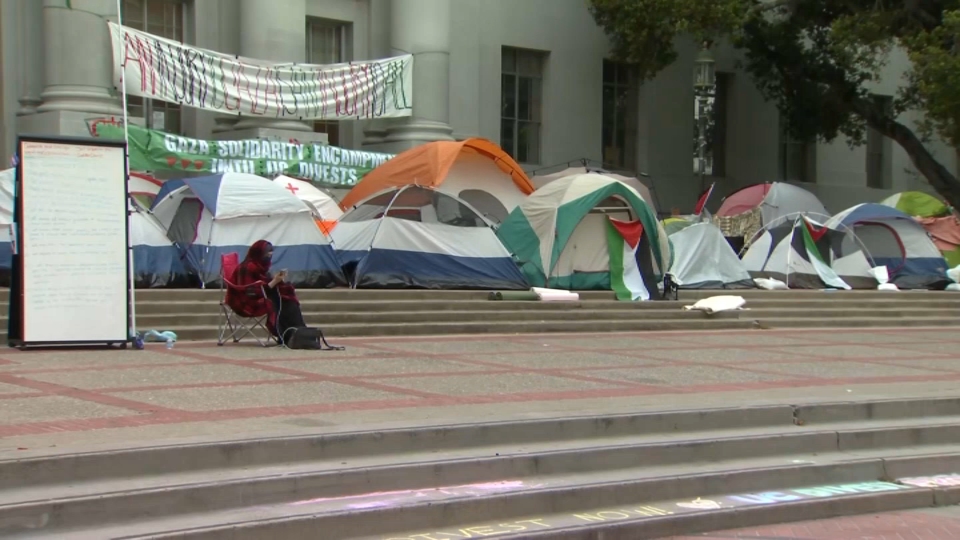Business is humming right along for the Peninsula’s preeminent rail service, Caltrain.
Ridership levels continue to rise to healthy, if not eye-popping numbers: A 38 percent increase since 2010, and 11 percent annual jumps each year for the last three.
Demand, in fact, has prompted the agency to look for ways to expand its capacity.
So with fare revenues flowing in at historic levels and ridership showing no signs of slowing down, it might come as a surprise that Caltrain is actually fretting how it will pay for its 2015 budget, with a projected shortfall of $17 to $19 million staring administrators in the face.
How to explain this apparent contradiction?
“Caltrain is one of the only transportation agencies in the Bay Area that lacks a dedicated funding source,” observed Jayme Ackemann, spokesperson for both Caltrain and its managing agency, the San Mateo County Transit District.
“The fare revenue covers about 60 percent of our budget, which is a significant amount,” said Ackemann. “But it doesn’t cover the entire budget. And that 40 percent hole, roughly, that we’re looking at is the part of our budget that’s difficult to fill every year.”
Local
To this point, Caltrain says it’s basically been employing smoke and mirrors to keep up with demand and fund a full budget.
In a May 2 release, the agency cited “unprecedented revenue increases due to historic growth, savings from prior budget years and one-time-only stopgap funds” as the reasons why Caltrain can meet its obligations for fiscal year 2014. “Caltrain needs a dedicated funding source, but it depends on what the voters are comfortable with,” Ackemann said. A tax increase to generate money exclusively for Caltrain is one idea that’s been floated for solving the agency’s financial woes. But before tackling a solution, it’s worth highlighting the genesis of the problem.
The service is run by the Peninsula Corridor Joint Powers Board, a group of three local transit agencies that was formed in 1987 and which ultimately took control of Caltrain in 1992, shouldering 100 percent of its operational and financial responsibilities.
The three entities- SamTrans, the Santa Clara Valley Transportation Authority and the City and County of San Francisco- contribute to Caltrain on a voluntary basis. When asked if there’s a mandate for a minimum contribution, Ackemann explained that not only is there not a mandate, but creating one might be quite difficult.
“To impose a minimum payment, each of the members of the Joint Powers Board would have to agree to that,” she said. “And it’s probably a difficult conversation to have because it’s arguing against your own self-interest to some degree.” When one of the Big 3 agencies shows an inability to maintain its funding level, it also likely drags down everybody else.
That’s because the Joint Powers Board members contribute based on a formula tethered to their activity levels.
An agency that has a higher volume of weekly Caltrain boardings would provide more money than one with a lower figure. So when one agency’s contribution rises or falls, generally so does the amount provided from the other two groups, keeping everything proportional. In this instance, SamTrans is struggling to fund its own core transportation services and could cut back.
“There isn’t any money left over [for Caltrain],” said Ackemann.
“SamTrans is operating with an annual deficit. We’ve been pulling money out of reserves just to continue to operate our bus and paratransit services.” Regarding a solution to Caltrain’s funding dilemma, NBC Bay Area spoke with one of the agency’s founders, Rod Diridon, Sr. “When we put together Caltrain back in the 1970’s and 1980’s, we put it together as a volunteer activity between the three counties,” said Diridon, who opined that much has changed since then. At the time of its inception, Caltrain was primarily shuffling commuters from Santa Clara County and the Peninsula into San Francisco.
With the burgeoning economic vitality and entrepreneurship in Silicon Valley, however, the patterns have changed to a nearly 50-50 split, said Diridon.
“If the Caltrain service went out of business, business would shut down on the Peninsula,” he asserted. While no one is implying that Caltrain will shut down any time soon, the feared service cuts and potential fare raises are what’s occupying the minds of riders and management.
Diridon says the while the agency still needs a regular, non-voluntary funding source, Caltrain will get a big boost when the tracks are electrified in 2019 as part of a voter-approved High Speed Rail package. “It will make the system much more efficient,” said Diridon. “They’re already negotiating for electrical rolling stock (cars and trains) that will get rid of this old diesel push-pull rolling stock.”

Diridon predicts the upgrade to an electric service would add more capacity by swapping faster, more efficient trains that cost less to operate with the current infrastructure, which in some cases has been around for decades.
But to bridge the gap until 2019 and beyond, Diridon insists Caltrain needs a permanent revenue source.
His suggestions are two-fold: Have the Joint Powers Board member agencies make more of a financial commitment, and/or implement a new tax with the approval of voters.
“I think if we told the public what it was going to buy and what the advantages are, they would approve it,” said Diridon. “We’re in a remarkable area in California where the people do really understand how transportation and the economy work,” he added.
The polling suggests otherwise, however, according to Ackemann.
When Caltrain studied the likelihood of passage for such a tax in each of the participating counties, it found that San Francisco would likely come just short of the two-thirds vote needed to pass the measure (60% approval), San Mateo would barely clear the threshold, and Santa Clara would come nowhere close to passage.
If it came down to more urgent measures, Ackemann says Caltrain would consider a tax in just one of the counties, “but what form that would take is a question mark.”
Caltrain may also lobby the state to provide a steady revenue stream through a portion of funds collected from California’s greenhouse gas emissions exchange.
Whatever the future course of action may be, the agency currently faces a fundamental problem with its operations: It has no permanent source of funding that even record ridership revenues can’t overcome.



